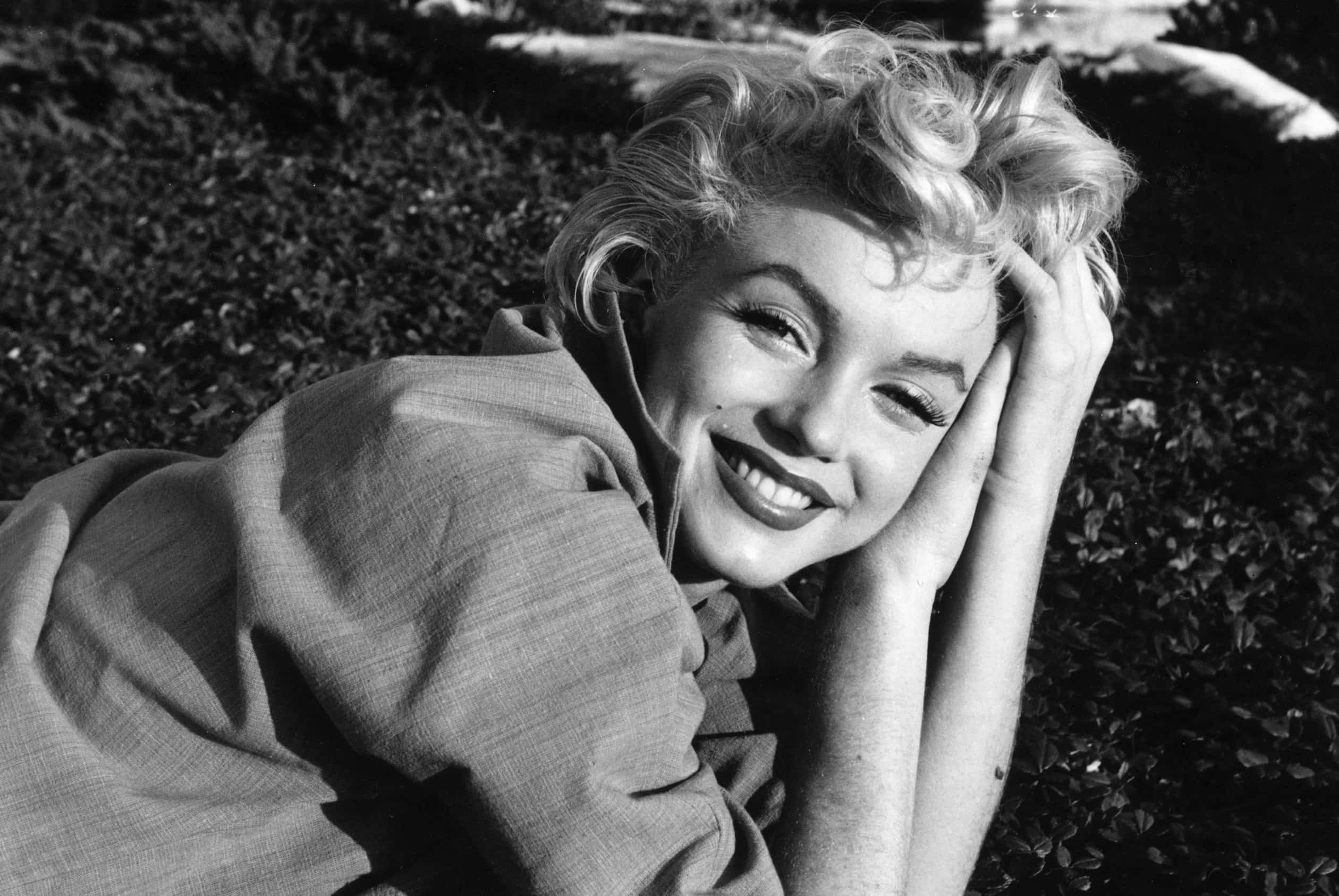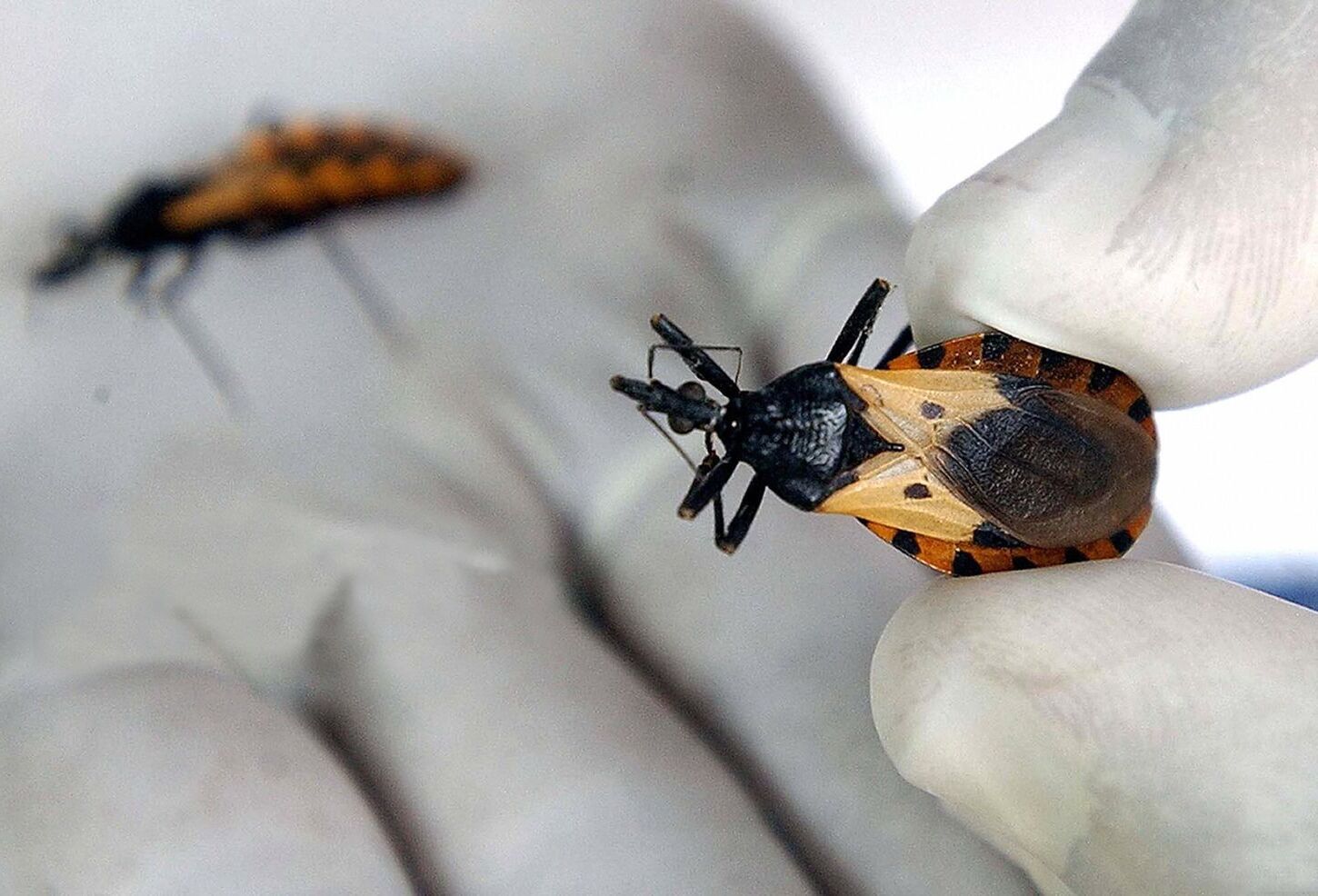
Marilyn Monroe, one of Hollywood's most iconic stars, passed away on August 5, 1962, at just 36 years old. Her death was officially ruled as a probable suicide due to acute barbiturate poisoning. However, the circumstances surrounding her demise have fueled countless conspiracy theories over the years. Was it really a self-inflicted tragedy, or is there more to the story? This article delves into the details of her autopsy, the findings, and the various theories that have emerged. From the toxicological analysis to the psychological autopsy, we explore the facts and speculations that continue to captivate the public's imagination.
Key Takeaways:
- Marilyn Monroe's autopsy revealed high levels of sedative drugs, leading to the conclusion of probable suicide. Conspiracy theories and her mental health struggles continue to fuel speculation about her tragic death.
- Despite her iconic status, Marilyn Monroe's life was marked by tumultuous relationships and struggles with mental health. Her tragic death remains shrouded in mystery and speculation, captivating audiences to this day.
Marilyn Monroe's Tragic End
Marilyn Monroe, one of Hollywood's brightest stars, passed away on August 5, 1962. Her death has been shrouded in mystery and speculation. Here are 35 facts about her autopsy that shed light on the circumstances surrounding her untimely demise.
-
Marilyn Monroe was found dead in her home at 12305 Fifth Helena Drive, Brentwood, Los Angeles, California, on the evening of August 4, 1962.
-
The official cause of death was acute barbiturate poisoning, specifically due to the ingestion of an overdose of sedative drugs.
-
Toxicological analysis revealed high levels of chloral hydrate (8 mg%) and pentobarbital (Nembutal) in her blood and liver. The presence of these substances was confirmed by the coroner's office.
-
Dr. Thomas T. Noguchi, a pathologist at the Los Angeles County Coroner's Office, conducted the autopsy on August 5, 1962. His findings supported the conclusion that Monroe died from acute barbiturate poisoning.
-
Dr. Theodore Curphey, the Chief Medical Examiner, concluded that Monroe's death was caused by a self-administered overdose of sedative drugs, classifying it as probable suicide.
-
The advanced state of rigor mortis at the time her body was discovered suggested that she had died between 8:30 and 10:30 p.m. on August 4, 1962.
-
Empty bottles of chloral hydrate and pentobarbital were found next to her bed, indicating that she had taken the drugs in one gulp or over a few minutes.
-
There were no signs of external wounds or bruises on her body, ruling out any possibility of homicide.
Psychological Insights and Conspiracy Theories
Marilyn Monroe's mental health and the theories surrounding her death add layers of complexity to her story.
-
A psychological autopsy conducted by mental health professionals found that Monroe had suffered from psychiatric disturbance for a long time and had often expressed wishes to give up, withdraw, and even die. She had also attempted suicide before.
-
At the time of her death, Monroe was reported to be in a depressed mood and had been unkempt and uninterested in maintaining her appearance.
-
No suicide note was found, which is not unusual as statistics show that less than 40% of suicide victims leave notes.
-
Despite the official ruling of probable suicide, numerous conspiracy theories have emerged over the years. These include claims that Monroe was murdered by the mafia or CIA, or that she was killed due to her alleged romantic entanglements with John F. Kennedy and his brother Robert.
-
Monroe was rumored to have had affairs with both John F. Kennedy and Robert F. Kennedy. These rumors have contributed to the conspiracy theories surrounding her death.
-
The last person known to have talked to Marilyn Monroe was John F. Kennedy, who allegedly visited her at her home on the day of her death.
-
Dr. Ralph Greenson, Monroe's psychiatrist, called 911 to report her death. He had been treating her for various mental health issues and had been trying to manage her drug use.
-
Dr. Engelberg, Monroe's personal physician, had agreed with Dr. Greenson to monitor her drug use by not prescribing any medication without consulting each other first. However, Monroe managed to persuade Dr. Engelberg to break this agreement, leading to her taking several Nembutals on August 4, 1962.
The Fatal Combination and Staged Death Theories
The combination of drugs and theories about a staged death have fueled ongoing debates.
-
The combination of Nembutal and chloral hydrate proved fatal. Dr. Greenson had prescribed a chloral hydrate enema for her, which, when taken with the Nembutals, caused her death.
-
Some theories suggest that Monroe's death was staged as a suicide by her doctors and others involved in her care. This theory is based on alleged discrepancies in police statements and claims made by prosecutor John Miner, who was involved in the official investigation.
-
John Miner alleged that the autopsy revealed signs more consistent with an enema than oral ingestion, supporting the theory that the death was staged.
-
Arthur P. Jacobs, Monroe’s publicist, had allegedly been alerted to her death already at 10:30 p.m., which further fuels the conspiracy theories.
Monroe's Mental Health and Dependency
Monroe's struggles with mental health and medication dependency were well-documented.
-
Monroe had a history of psychiatric disturbance, which was documented in the psychological autopsy. This included expressions of wishes to give up, withdraw, and even die, as well as previous suicide attempts.
-
Monroe was known to be dependent on medication, particularly barbiturates, which contributed to her severe psychopathology. Her use of these drugs was well-documented, and it is believed that she had been using them for a long time.
-
Monroe’s therapeutic treatment was criticized by many. Her psychiatrist, Dr. Ralph Greenson, had a close relationship with her, meeting her 5 to 6 times a week. However, this frequency of therapy sessions has been questioned, and some have criticized the appropriateness of the treatment she received.
-
Monroe had made previous attempts at suicide, which were documented in the psychological autopsy. This history of suicidal behavior supports the conclusion that her death was likely a result of her own actions.
Detailed Autopsy Report and Inquest
The autopsy report and inquest provided detailed findings and conclusions.
-
The autopsy report includes detailed findings such as the presence of chloral hydrate and Nembutal in her system, as well as external and internal examinations of her body. The report also contains diagrams of her body from front and back.
-
The inquest into Monroe’s death was conducted by the Los Angeles County Coroner’s Office, assisted by psychiatrists Norman Farberow, Robert Litman, and Norman Tabachnik from the Los Angeles Suicide Prevention Center. Their findings supported the conclusion that Monroe died from acute barbiturate poisoning.
Conspiracy Theories and Books
Books and theories in the 1990s reignited interest in Monroe's death.
-
In the 1990s, two books alleged that Monroe was murdered: Peter Brown and Patte Barham’s Marilyn: The Last Take (1992) and Donald H. Wolfe’s The Last Days of Marilyn Monroe (1998). These books relied on discredited witnesses and did not provide new evidence.
-
Donald Spoto, in his 1993 biography of Monroe, disputed previous conspiracy theories but suggested that her death was an accidental overdose staged as a suicide. He argued that Monroe’s doctors had been trying to stop her abuse of Nembutal but were unable to do so, leading to her death.
Monroe's Burial and Legacy
Marilyn Monroe's burial and enduring legacy continue to captivate the world.
-
Monroe was buried on August 8, 1962, at Westwood Memorial Park in Los Angeles, California, in the Corridor of Memories, Plot 24.
-
Despite her tragic death, Marilyn Monroe remains an iconic figure in American culture. Her early image as a dumb and seductive blonde gave way to a more complex portrayal of a sensitive and insecure woman unable to escape the pressures of Hollywood.
-
Monroe’s film career spanned over a decade, during which she starred in 23 movies that grossed over $200 million. Her performances in films like Gentlemen Prefer Blondes, How to Marry a Millionaire, and Some Like It Hot cemented her status as a pop culture icon.
-
Monroe’s personal life was marked by tumultuous relationships and struggles with mental health. She married twice, first to baseball star Joe DiMaggio and then to playwright Arthur Miller, but both marriages ended in divorce.
-
Monroe’s final film, The Misfits, was written by Arthur Miller specifically for her. However, their marriage disintegrated during production, and she was fired from her next film, Something’s Got to Give, due to frequent absences caused by illnesses.
-
Monroe’s final public performance was singing “Happy Birthday” to President John F. Kennedy at a gala in New York City in May 1962. This event was widely publicized and added to the speculation about her personal life.
-
Marilyn Monroe’s legacy extends beyond her film career. She remains a cultural icon, symbolizing both the glamour of Hollywood and the fragility of human life. Her story continues to captivate audiences, inspiring countless books, movies, and TV shows about her life and death.
Marilyn Monroe's Mysterious End
Marilyn Monroe's death on August 5, 1962, left the world with more questions than answers. The official cause, acute barbiturate poisoning, points to probable suicide. Yet, the absence of a suicide note and the presence of empty bottles next to her bed have fueled countless conspiracy theories. Some believe her ties to the Kennedy brothers or the mafia played a role. Others think her psychiatric struggles and dependence on medication led to an accidental overdose. Despite the controversies, the autopsy conducted by Dr. Thomas T. Noguchi and the findings of Dr. Theodore Curphey remain the most credible sources. Monroe's tragic end, marked by her depressed mood and previous suicide attempts, underscores the complexities of her life. Her legacy, however, continues to shine, reminding us of both her brilliance and vulnerability.
Frequently Asked Questions
Was this page helpful?
Our commitment to delivering trustworthy and engaging content is at the heart of what we do. Each fact on our site is contributed by real users like you, bringing a wealth of diverse insights and information. To ensure the highest standards of accuracy and reliability, our dedicated editors meticulously review each submission. This process guarantees that the facts we share are not only fascinating but also credible. Trust in our commitment to quality and authenticity as you explore and learn with us.


